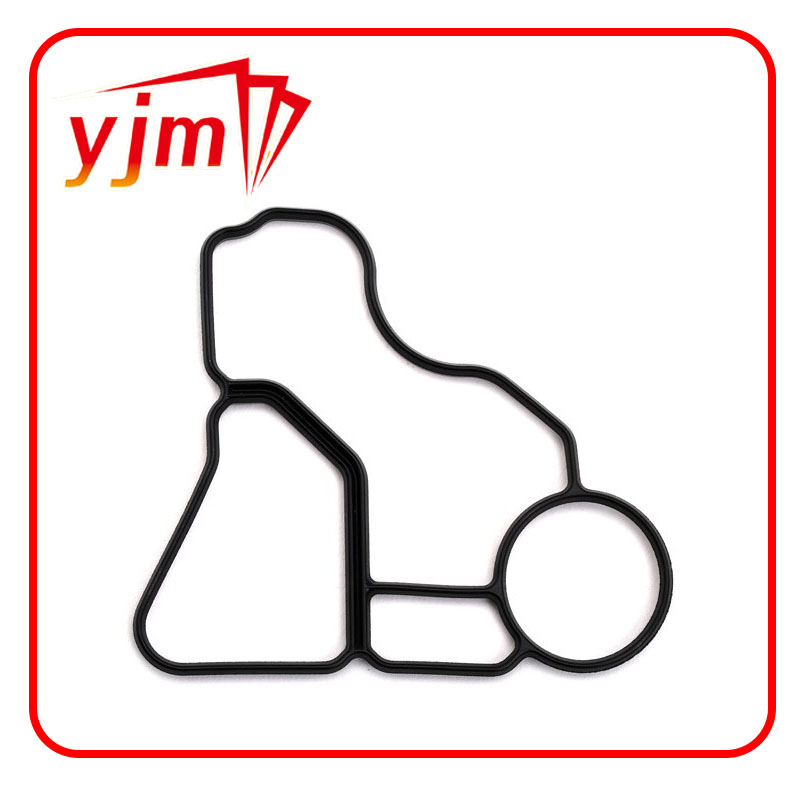input shaft seal
Understanding the Input Shaft Seal Essential for Optimal Vehicle Performance
The input shaft seal is a crucial component in the functioning of a vehicle’s transmission system. It plays a vital role in keeping the transmission fluid contained and ensuring the overall efficiency of the vehicle. This unassuming yet critical part protects the internal gears and components from contamination, wear, and damage, ultimately extending the lifespan of the transmission.
At its core, the input shaft seal is designed to prevent the leakage of transmission fluid from the gearbox, which is essential for lubrication and cooling of the moving parts inside. When a vehicle operates, the transmission fluid circulates through the system to maintain optimal operating temperatures and lubricate the gears. If the input shaft seal fails, it can lead to fluid leakage, which not only reduces the efficacy of the lubrication but can also result in overheating and increased wear on the transmission components.
One common issue associated with a failing input shaft seal is fluid leakage. Drivers might notice fluid pooling beneath their vehicle or a decrease in transmission fluid levels in the reservoir. This can often lead to symptoms such as slipping gears, harsh shifting, or even complete transmission failure if not addressed promptly. Recognizing these signs early is crucial for avoiding more extensive and costly repairs.
input shaft seal

When it comes to the materials used for input shaft seals, they are typically made from rubber or silicone compounds. The choice of material is significant as it impacts the seal’s ability to withstand the various conditions it will encounter, such as temperature fluctuations and exposure to chemicals in the transmission fluid. Over time, seals can become brittle or cracked due to wear and environmental exposure, leading to a loss of sealing capabilities.
Replacement of a faulty input shaft seal is generally straightforward for mechanics, but it does require a certain level of expertise. The process typically involves removing the transmission pan to gain access to the seal, removing the old seal, and installing a new one. It is a good practice to replace the input shaft seal during a transmission fluid change or when performing other transmission repairs, as this can prevent future leaks and ensure optimal performance.
Preventive maintenance is key to prolonging the life of the input shaft seal and the overall transmission system. Regularly checking fluid levels and watching for signs of leaks can save drivers from significant repair costs. Additionally, adhering to the vehicle manufacturer’s recommendations for fluid changes and system inspections can contribute to the seal’s longevity.
In conclusion, the input shaft seal may seem like a small part of a vehicle, but its importance cannot be overstated. By understanding its function, recognizing the signs of failure, and ensuring proper maintenance, vehicle owners can prevent potentially severe damage to their transmissions. The input shaft seal is a reminder that every component, no matter how small, plays an essential role in the safety and performance of a vehicle.
-
Understanding the Importance of the Crankshaft Oil Seal in Engine Performance
News Jun.16,2025
-
The Unsung Heroes of Engine Protection: Understanding Automotive Shaft Seals and Oil Seals
News Jun.16,2025
-
Keeping the Engine Tight: The Role of Crankshaft Seals and Gaskets in Oil Control
News Jun.16,2025
-
Complete Protection in Harsh Conditions: A Deep Dive into Cassette Seals
News Jun.16,2025
-
Choosing the Right Oil Seal: A Guide to Trusted Brands and Suppliers
News Jun.16,2025
-
Advanced Sealing Technologies: Exploring the Range of Modern Oil Seals
News Jun.16,2025
-
Your Essential Guide to Car Repair Kits: From Rust to Dings
News Jun.13,2025
Products categories















